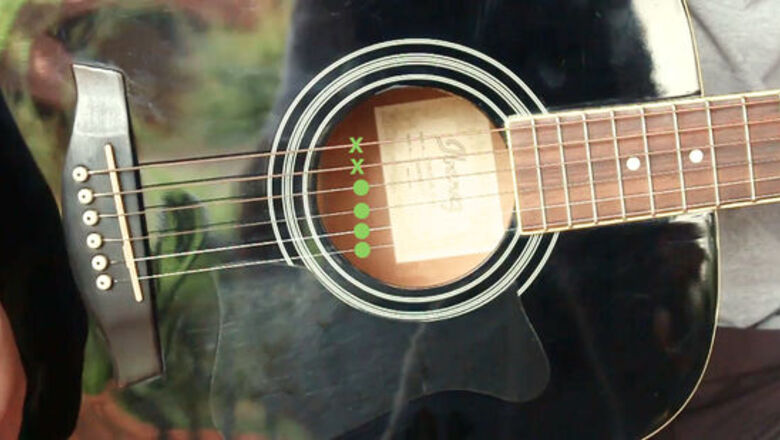
views
Playing an Open D7

Leave the top two strings unplayed. The D7 is simply an "inverted" open D chord. So you play the same strings as you would a normal open D. To help you in the rest of the lesson, take a look right now of the final form for a D7. --2-- --1-- --2-- --0-- --X-- --X--
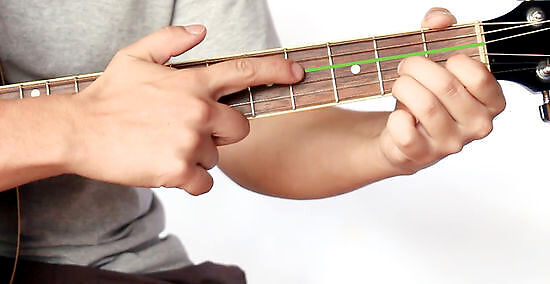
Leave the 4th string, the D, open as your root note. This open D string is the root, giving the whole chord the "flavor" or D. Remember that the strings count upwards on a guitar -- the thinnest string is the first string.
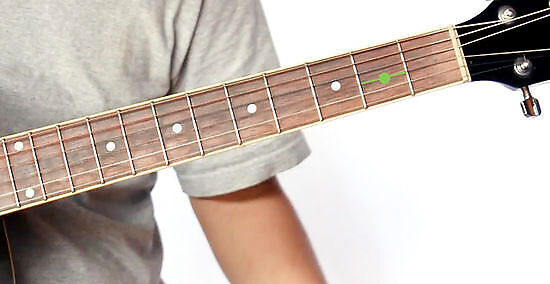
Place your middle finger on the 3rd string, 2nd fret. This is the same note as the one used for an open D chord.
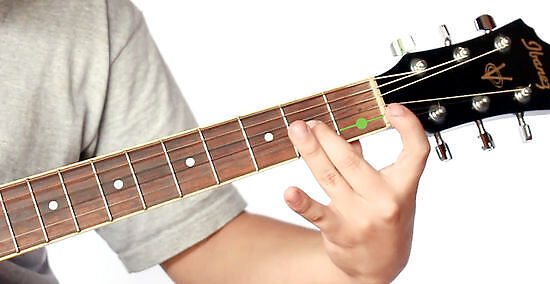
Place your index finger on the 2nd string, 1st fret. This is the 7th note, and the only change between the normal D major.
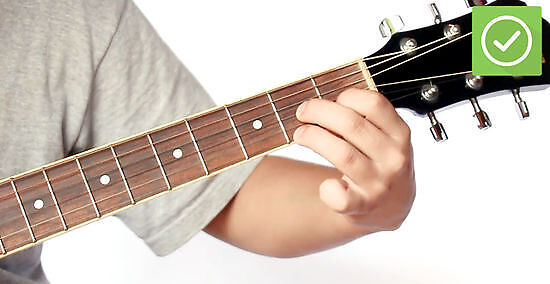
Place your ring finger on the 1st string, 2nd fret. This is the final note, and again is identical to the open D chord.
Playing D7 Barre Chords
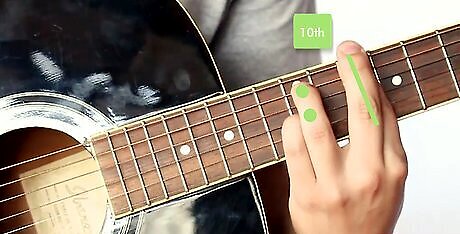
Play an E7-form barre chord on the 10th fret to play a D7. If you know how to form an E7 chord, you can simply move this form down the fretboard, barring the 10th fret from the 6th string down (a D). Think of the barre as the open strings of an E7. --10-- --10-- --12-- --10-- --12-- --10--
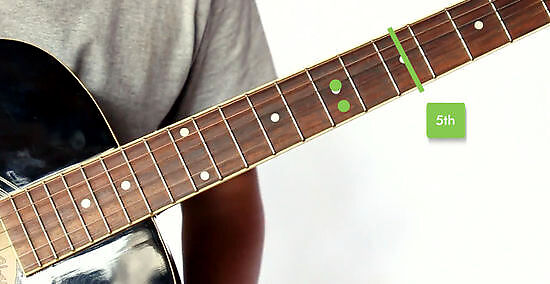
Form an A7-form barre chord on the 5th fret, 5th string to get a D7. Again, the form of an open A7 chord can be slid anywhere on the neck, using a your index finger to barre the notes. The following form is perfect for blues and quickly hitting a D7 from anywhere on the neck. --5-- --7-- --5-- --7-- --5-- --X--













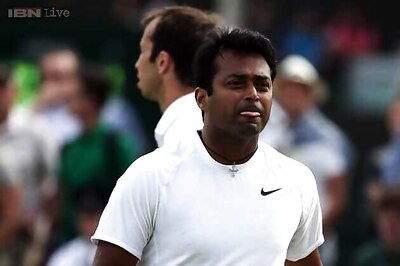
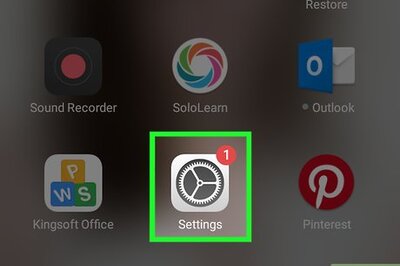

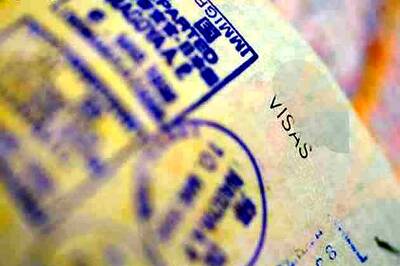



Comments
0 comment